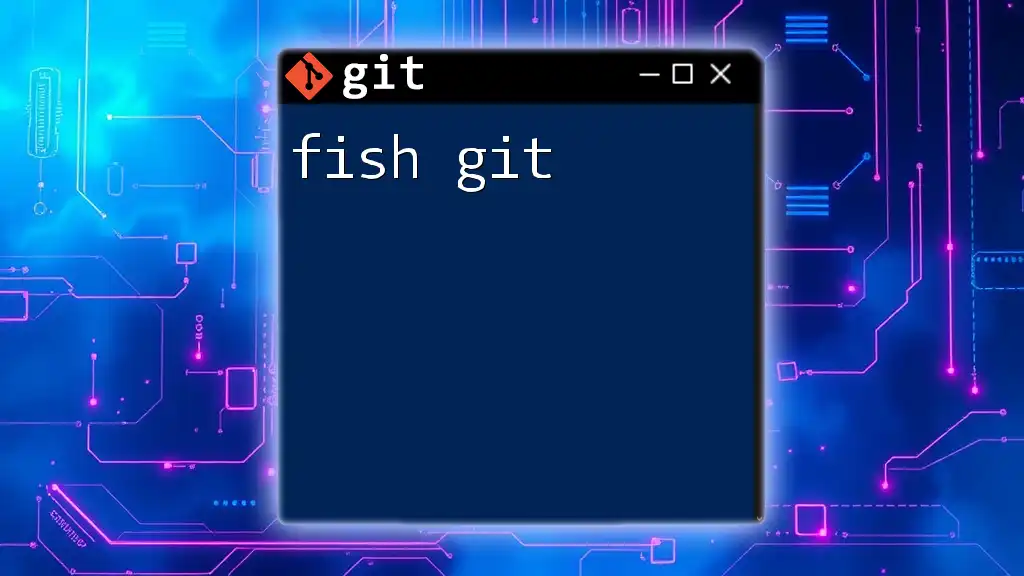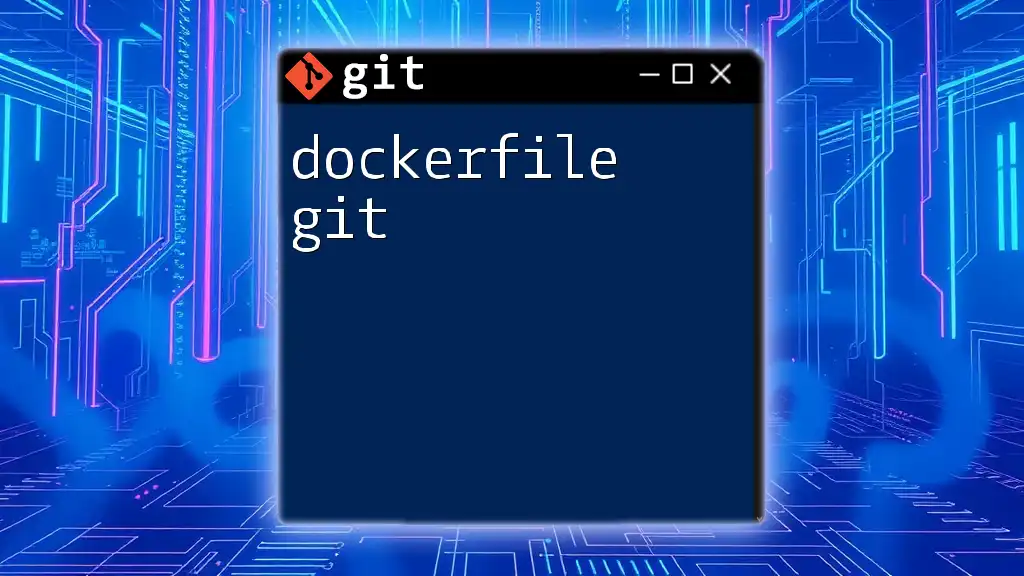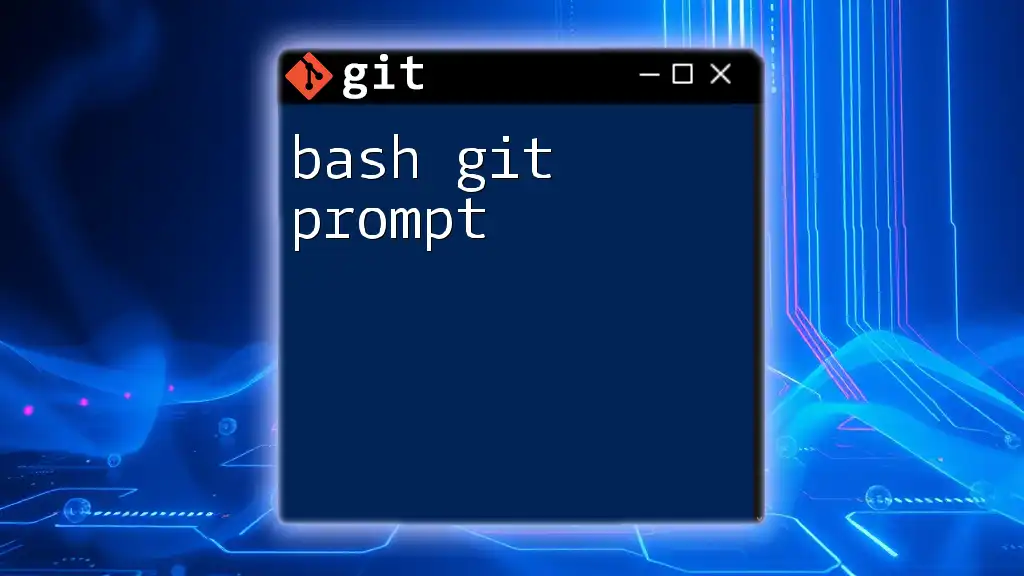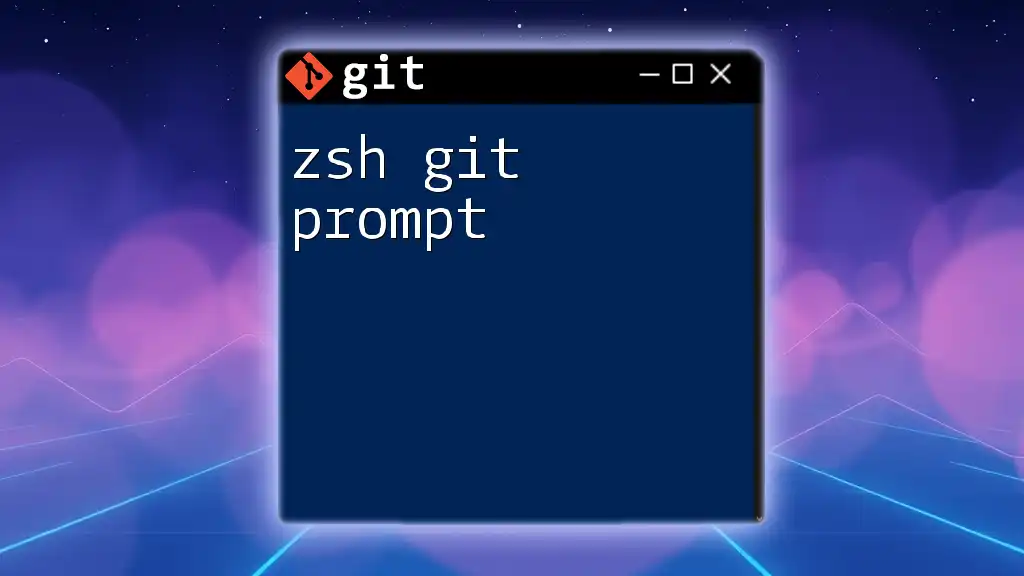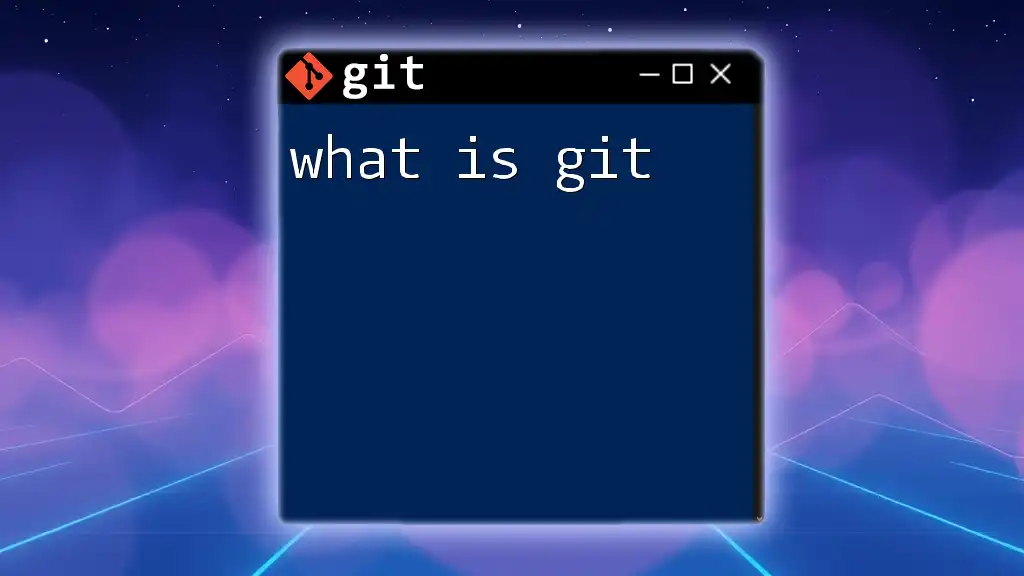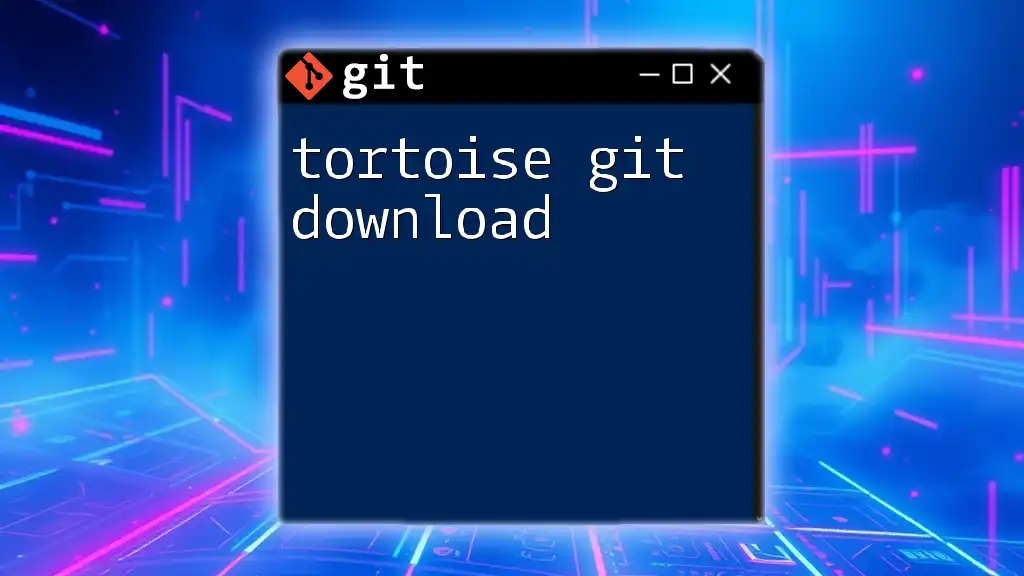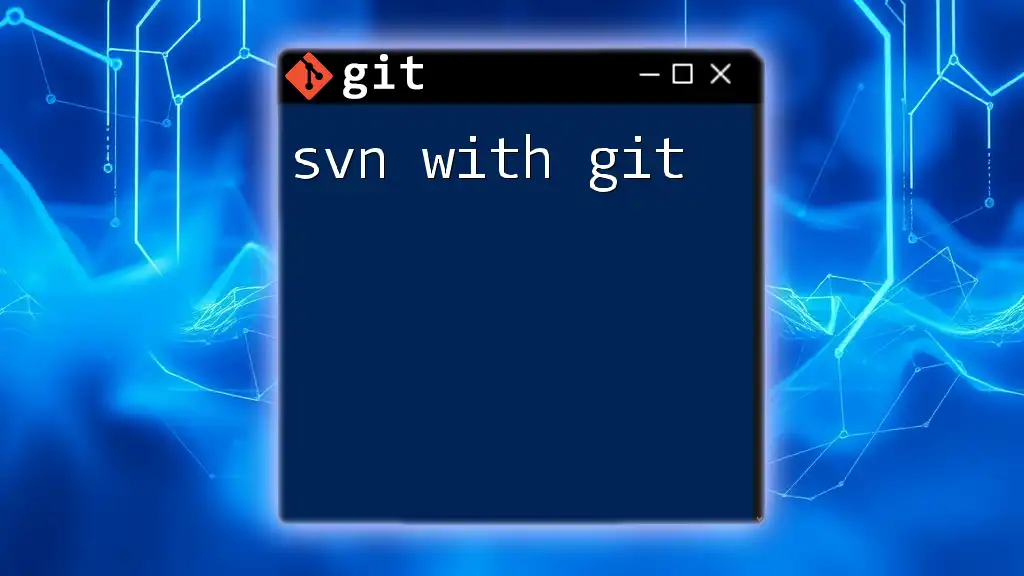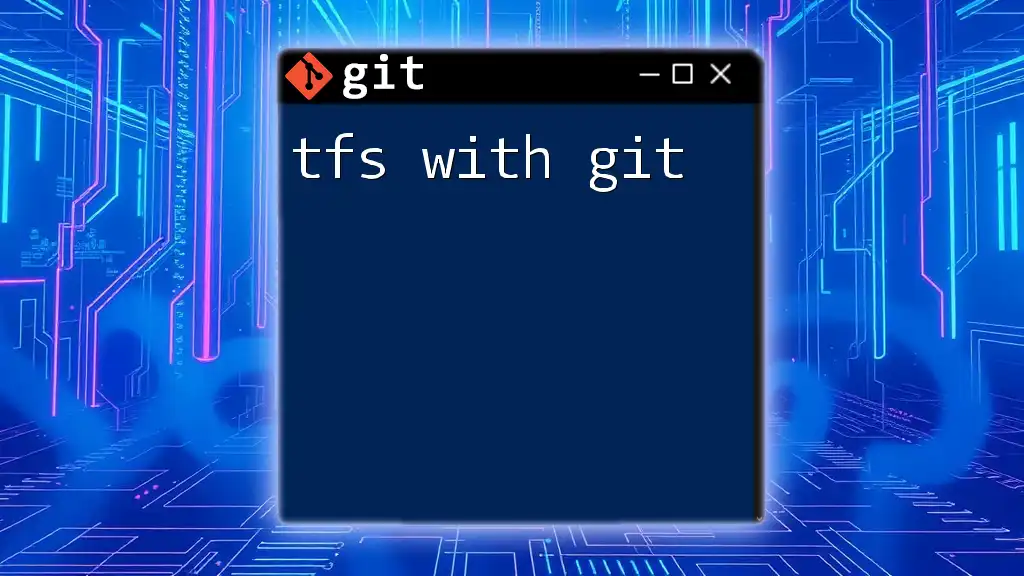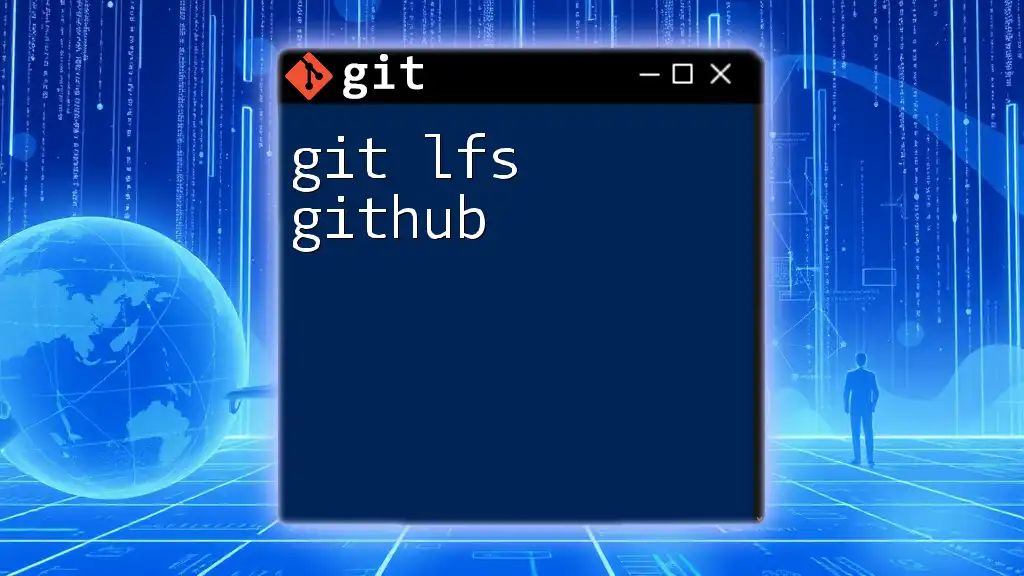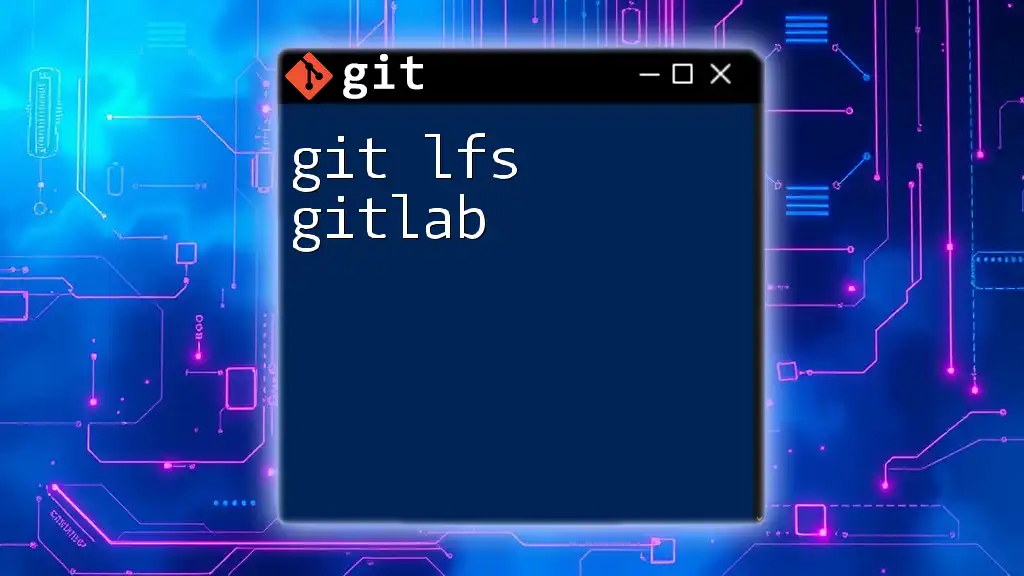"Fish Git" refers to using the Fish shell to enhance your Git experience with user-friendly features like autocompletion and syntax highlighting.
Here's a concise example of a Git command in a Fish shell:
git commit -m "Your commit message here"
Introduction to Fish Shell
What is Fish Shell?
Fish Shell, short for "Friendly Interactive Shell," is a user-friendly command-line shell that enhances the terminal experience. Unlike traditional shells like bash or zsh, Fish focuses on a more intuitive syntax, providing helpful features and optimizations right out of the box.
One standout characteristic of Fish Shell is its readability. By using clear and lovable syntax, Fish allows users to interpret their commands easily. Unlike bash and zsh, which require extensive configuration for usability features, Fish offers advanced features with minimal setup efforts.
Why Use Fish with Git?
Integrating Fish Shell with Git can greatly enhance your development workflow. Fish is designed to improve user experience with its powerful features, such as:
- Syntax Highlighting: Makes it easier to recognize commands, parameters, and errors as you type.
- Autosuggestions: Offers suggestions based on your command history, making repetitive tasks quicker and error-free.
With these features, using Git commands becomes smoother, allowing developers to focus more on code rather than syntax.
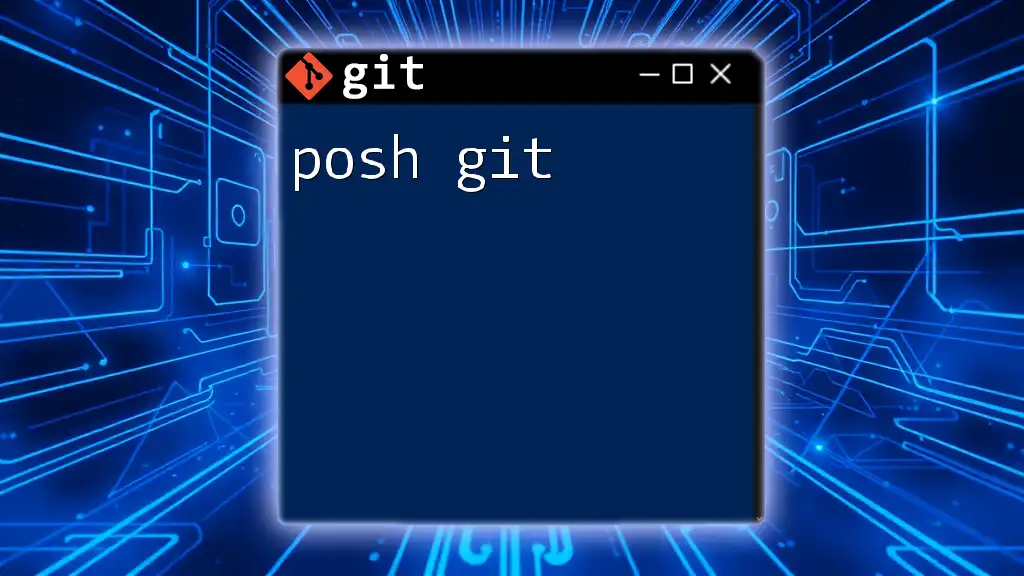
Setting Up Fish Shell for Git
Installing Fish Shell
To implement Fish Shell for Git, you first need to install Fish. Depending on your operating system, the installation process varies.
-
macOS: Use Homebrew:
brew install fish -
Linux: Installation through the package manager (e.g., APT for Ubuntu):
sudo apt-get install fish -
Windows: You can install Fish using WSL or Scoop:
scoop install fish
Configuring Fish for Git
Once you have Fish installed, configuring it for Git is essential. Make sure that Fish is set as your default shell by running the following command:
chsh -s /usr/bin/fish
Additionally, ensure that your PATH is correctly set up to include Git. This lets your shell access Git commands seamlessly.
Overview of Useful Fish Configurations for Git
Enhancing your Fish Shell with better configurations can significantly improve your overall experience. Some useful configurations include:
- Syntax Highlighting: This feature helps identify syntax errors and enhances readability of commands. You can enable it by adding it to your Fish config file.
- Autosuggestions: To enable autosuggestions, include it in your `config.fish` file located in `~/.config/fish/`. This will help you type commands faster with fewer mistakes.
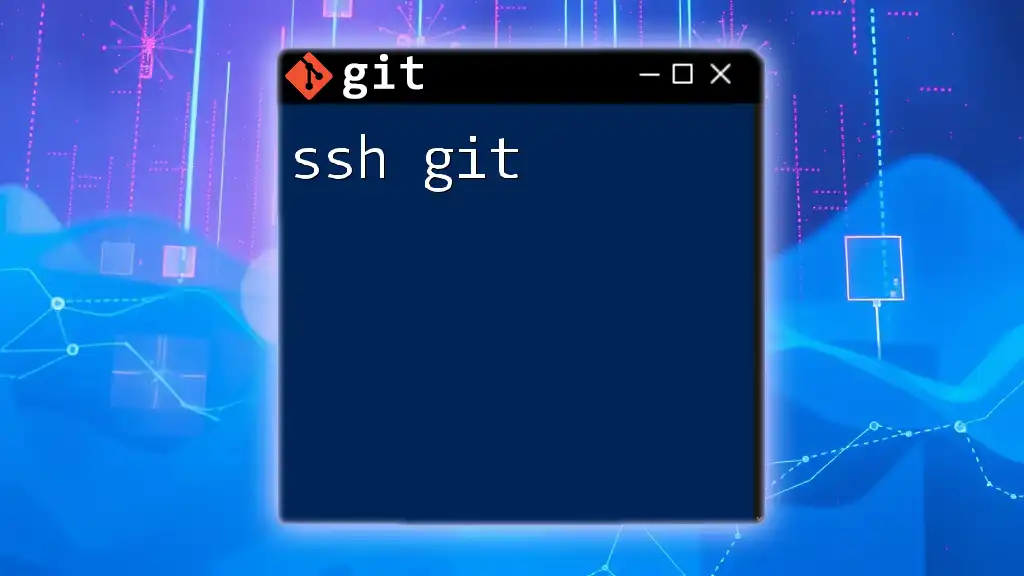
Key Git Commands in Fish Shell
Commonly Used Git Commands
In Fish Shell, Git commands can be executed just like in other shells. Here are some commonly used Git commands:
-
git clone To clone a repository, you can use the command:
git clone https://github.com/example-repo.git -
git status To check the status of your current branch, execute:
git statusThis command will help you see any changes and files staged for commit.
-
git add To stage files for commit, use the command:
git add filename.txt -
git commit To commit your changes with a message:
git commit -m "Your commit message here" -
git push To push your local changes to a remote repository, run:
git push origin branch-name -
git pull To fetch and merge changes from the remote repository:
git pull
Utilizing Fish Features with Git Commands
Syntax Highlighting
Fish Shell’s syntax highlighting feature makes it more comfortable to read your commands as they are typed. For instance, if you mistakenly type an incorrect flag for `git`, it will appear highlighted in red, alerting you before you execute it.
Autosuggestions
Utilizing autosuggestions can save you a substantial amount of time, especially for long commands you use frequently. For instance, if you've previously typed `git commit -m`, it will suggest completing the command based on your history, allowing you to hit `Enter` instead of retyping the whole command.
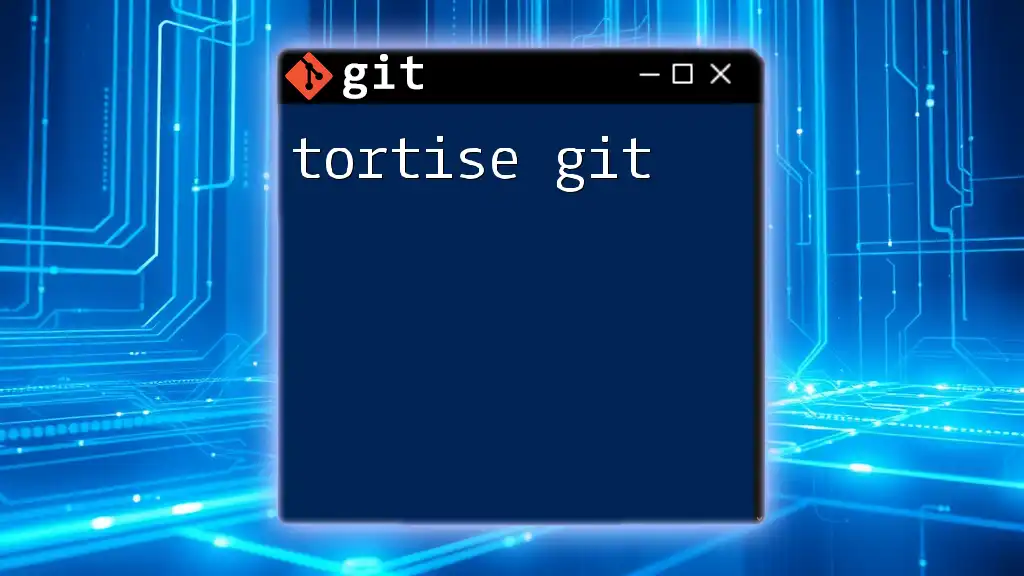
Advanced Git Commands with Fish Shell
Working with Branches
Managing branches is critical for effective collaboration in Git. Fish Shell makes it easy to create and manage branches.
Creating Branches
To create a new branch, simply use the following command:
git checkout -b new-feature-branch
This command allows you to create a new branch and switch to it in one step.
Merging Branches
Merging branches can lead to conflicts that need resolution. Use:
git merge feature-branch
Stay aware of the status after merging to handle any conflicts that arise.
Tagging in Git
Tags are essential for marking specific points in your repository history.
To create a tag, you can use:
git tag -a v1.0 -m "Version 1.0 released"
Push the tag to the remote repository using:
git push origin v1.0
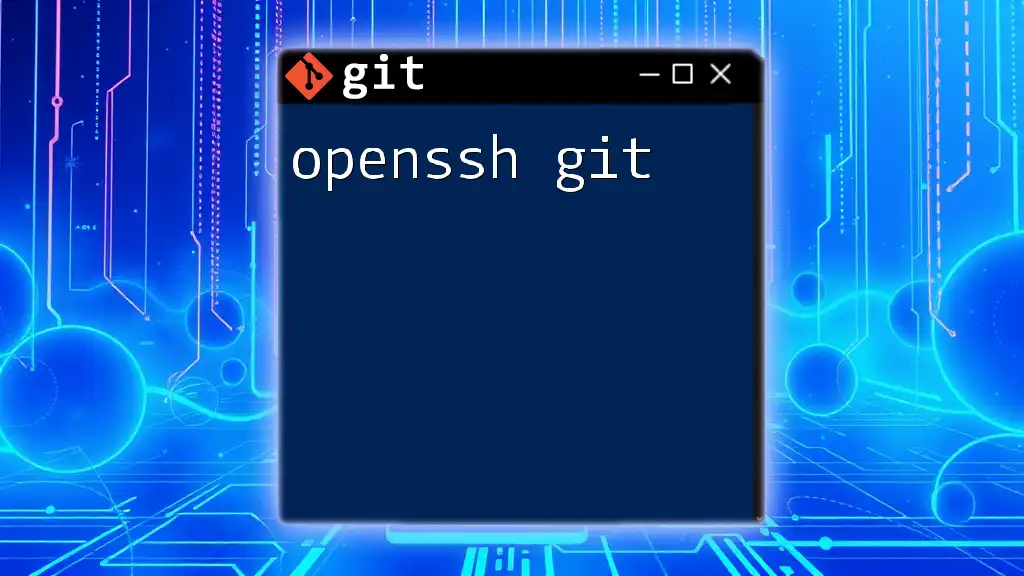
Integrating Fish Shell Plugins for Enhanced Git Functionality
Fish Plugins for Git
To elevate your Fish Git experience, consider using plugins.
- git-fish is a recommended plugin that adds advanced autocomplete features to improve your efficiency.
- fisherman serves as a package manager for Fish plugins. To install it, simply run:
curl -sL https://git.io/fisher | source && fisher install jethrokuan/fisher
Then add any additional plugins you need for Git functionality.
Creating Custom Functions in Fish for Git
If you find yourself repeating certain Git commands, you can create custom functions to streamline your workflow.
For example, to track untracked files, you could create a function like this in your `config.fish`:
function track-all
git add --all
git commit -m "Tracking all changes"
end
Simply call `track-all`, and it will stage and commit all changes automatically!
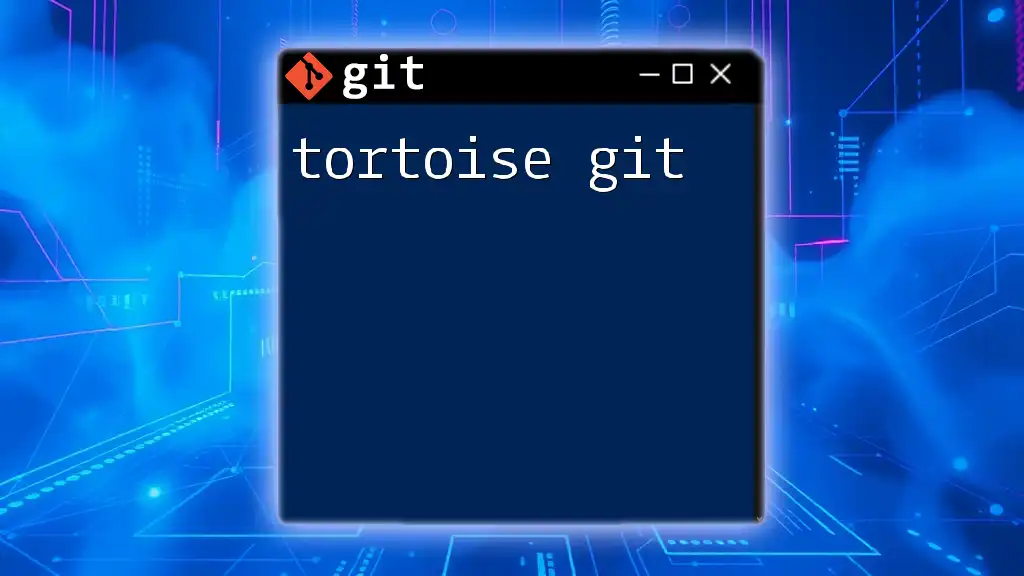
Troubleshooting Common Issues with Fish and Git
Common Errors in Fish Shell
Errors can occasionally pop up, even with a solid setup.
- Error: Command Not Found: This usually means Fish cannot locate Git; double-check your PATH settings.
- Error: Git Authentication Failed: Confirm your Git credentials and configuration. Using SSH keys correctly can mitigate this issue.
Best Practices for Using Fish with Git
For an optimal experience, consider the following best practices:
- Regularly update both Fish and Git to their latest versions to take advantage of new features and security patches.
- Keep a backup of your configuration files to avoid losing custom settings.
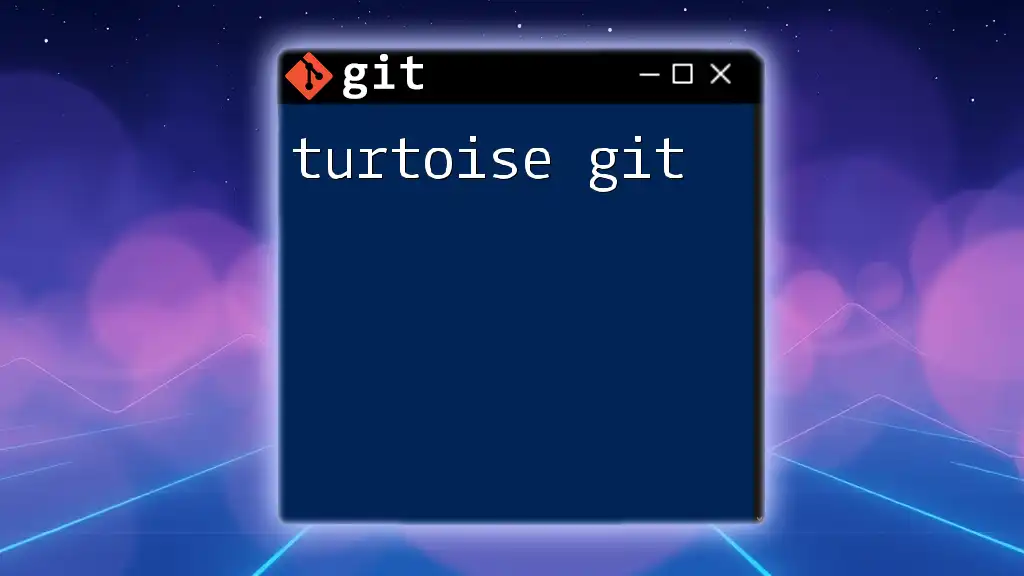
Conclusion
In summary, using Fish Shell in conjunction with Git can vastly improve your development experience. With its user-friendly features, command enhancements, and customization options, you can execute Git commands more efficiently.
Resources for Further Learning
Explore the official Fish Shell documentation and Git guides to deepen your understanding and enhance your productivity.
Call to Action
Get started with Fish Shell today and explore its potential alongside Git. Join online communities for tips and shared experiences to maximize your workflow!

